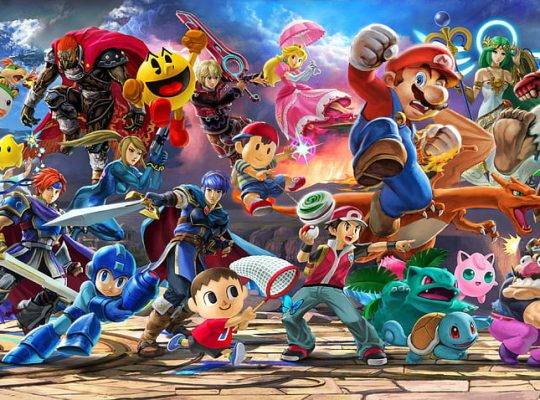India’s ambition of becoming a $1 trillion digital economy by 2025-26 is gaining momentum, and its thriving gaming industry is playing a pivotal role in this transformation. According to a report by the Observer Research Foundation (via ANI), the online gaming sector is not just about entertainment—it’s a driving force behind technological innovation, digital payments adoption, and economic growth.
Gaming at the Heart of India’s Digital Growth
The gaming sector’s contributions are multifaceted. Here’s how it’s reshaping India’s digital landscape and accelerating progress towards the $1 trillion target:
- Demand for Advanced Technology
The growing popularity of online gaming has spurred demand for faster processors, reliable broadband infrastructure, and fintech solutions. It’s also pushing advancements in cutting-edge technologies such as augmented reality (AR) and Web 3.0.
- Driving Digital Transactions
Gaming platforms are becoming key enablers of digital payments. For instance, one leading platform processes over 4 billion micro-transactions a month, accounting for 1 in 300 of all Unified Payments Interface (UPI) transactions nationwide. Remarkably, 20% of its users make their very first digital payment through the platform—showcasing gaming’s ability to integrate users into the digital economy.
- Innovation Beyond Gaming
Globally, gaming technologies like game engines and virtual reality are revolutionising sectors such as healthcare and manufacturing. India’s gaming sector is poised to deliver similar crossover innovations, further enriching the broader economy and strengthening its digital ecosystem.
Challenges Hindering Gaming’s Full Potential
Despite its immense promise, the gaming sector faces significant hurdles in realising its full contribution to India’s digital economy:
- Infrastructure Gaps
Unreliable internet connectivity in certain regions limits the reach of online gaming platforms, particularly in rural areas.
- Regulatory Uncertainty
Outdated and inconsistent policies, particularly those concerning taxation, content regulation, and licensing, pose risks to the sector’s sustainable growth.
- Accessibility Concerns
High costs associated with premium gaming hardware and software create barriers, excluding rural and low-income communities from fully participating in the gaming ecosystem.
- Cybersecurity and Data Privacy
With digital transactions rising, concerns over user data protection and secure payment systems need to be addressed to maintain trust.
- Skilled Talent Shortage
The demand for professionals skilled in game development, AR/VR technologies, and fintech solutions is growing. However, addressing this demand requires investment in education and training to nurture talent capable of driving innovation.
Also Read:
- Sweden Dominates Gaming Sector: Analyzing Strategies and Opportunities in India
- Navigating 2024: Esports and Gaming Trends
- Nexus 5X Game Review: A New Era of Mobile Gaming
Why Gaming’s Role Matters
India’s gaming sector is not just an entertainment industry—it’s an economic catalyst. By driving innovation, boosting digital payments, and fostering demand for better infrastructure, gaming is transforming how India engages with technology. Its contribution to bridging the digital divide and advancing technological solutions is positioning the industry as a vital player in achieving the nation’s ambitious digital economy goals.
To fully harness its potential, collaboration between policymakers, tech innovators, and business leaders is essential. Expanding reliable internet connectivity, modernising regulatory frameworks, and investing in education for future talent can ensure gaming continues to be a powerful engine for India’s digital future.
With the right support and strategic focus, India’s gaming sector could be the ultimate power-up to its $1 trillion digital economy aspiration.











